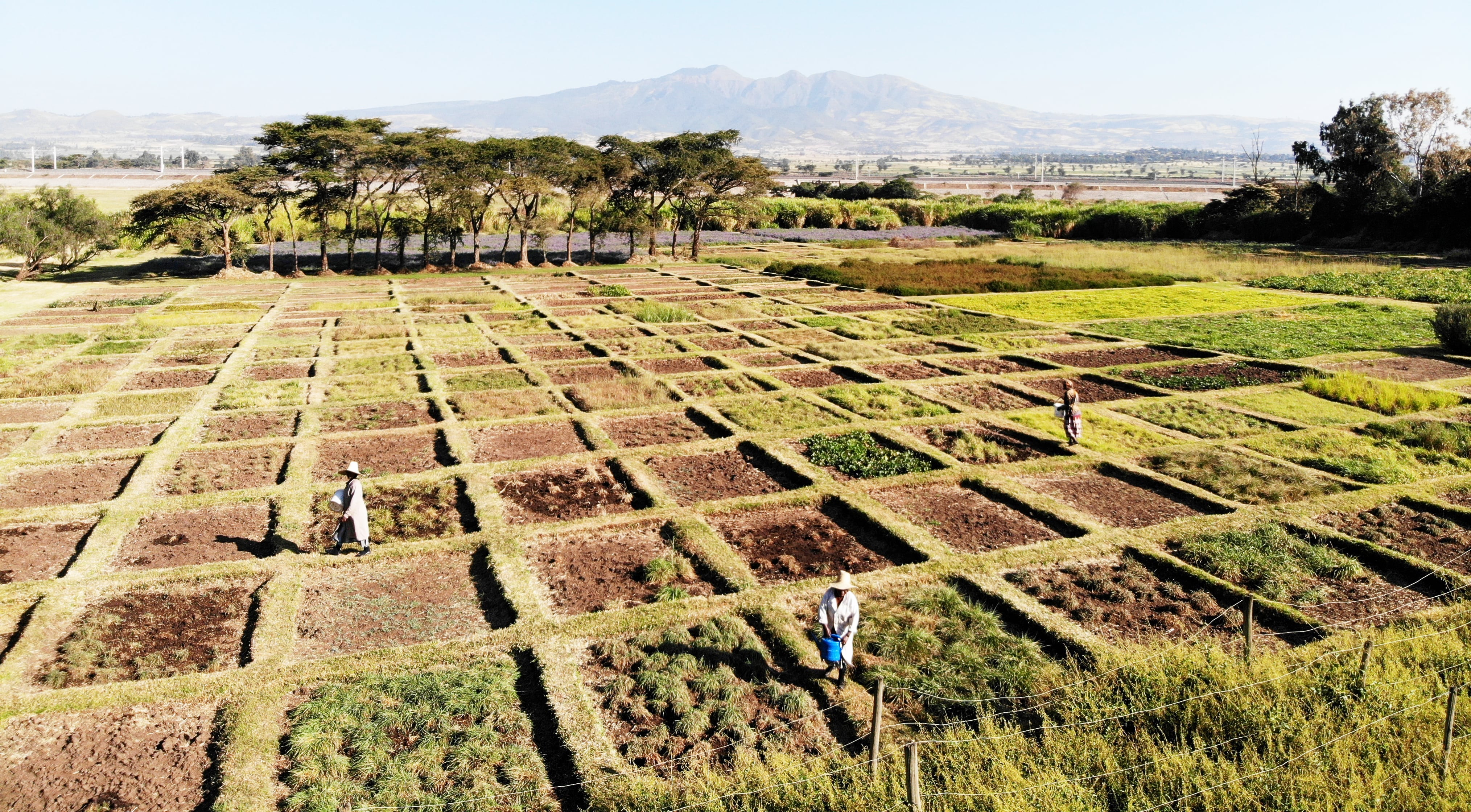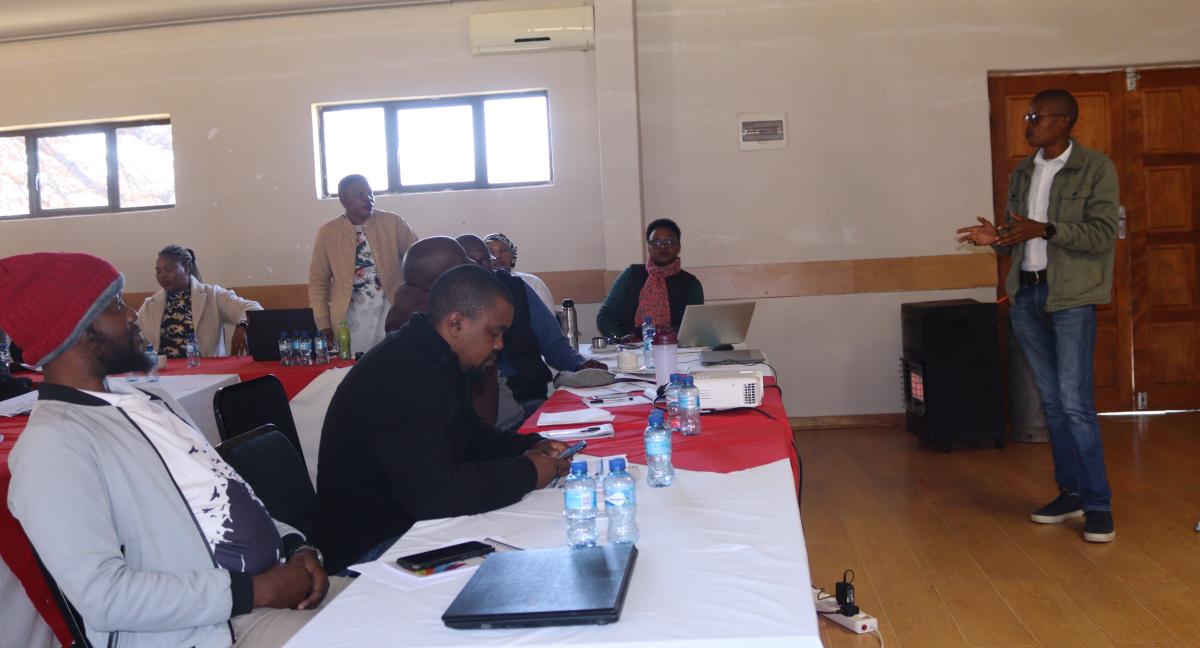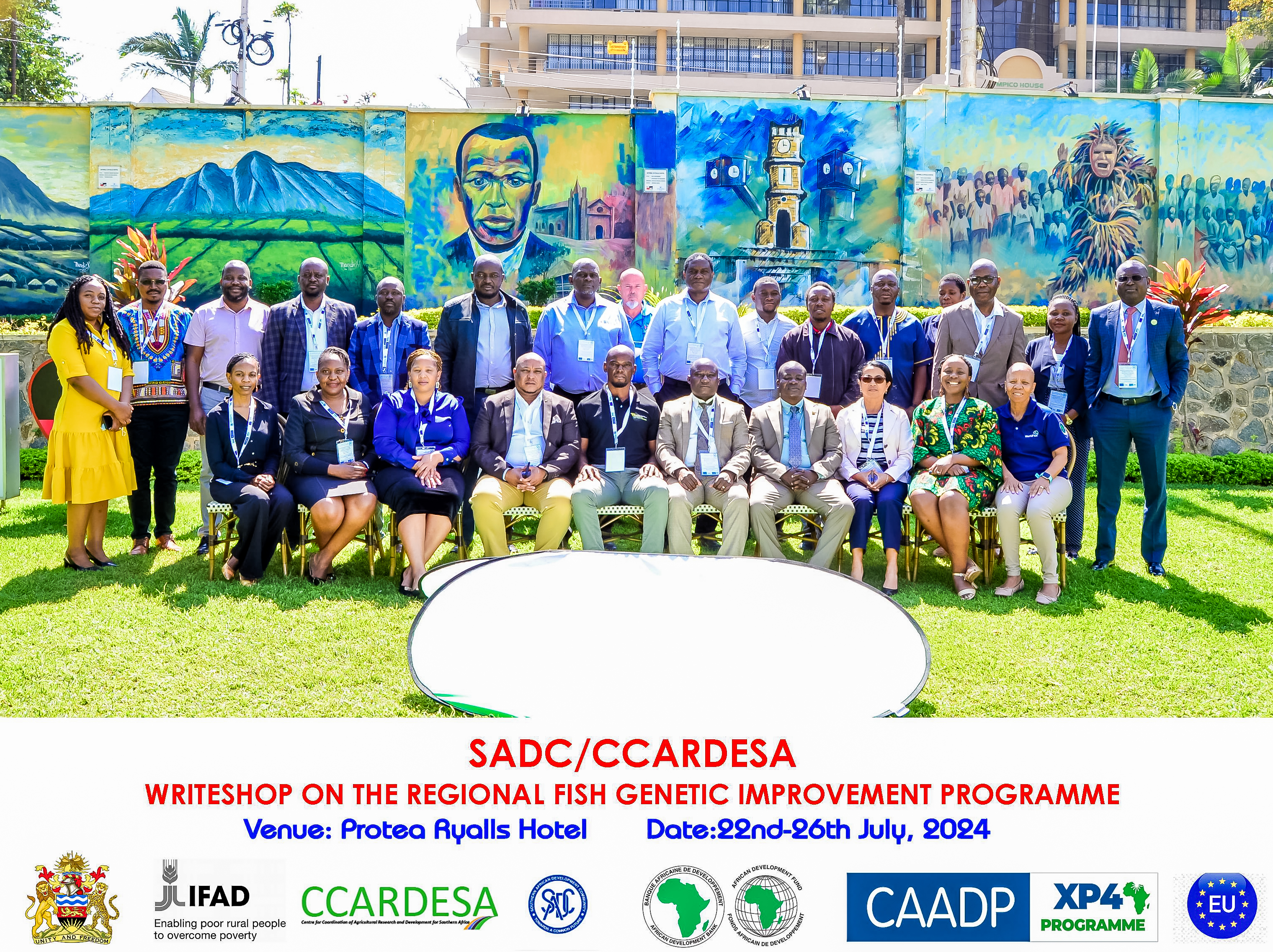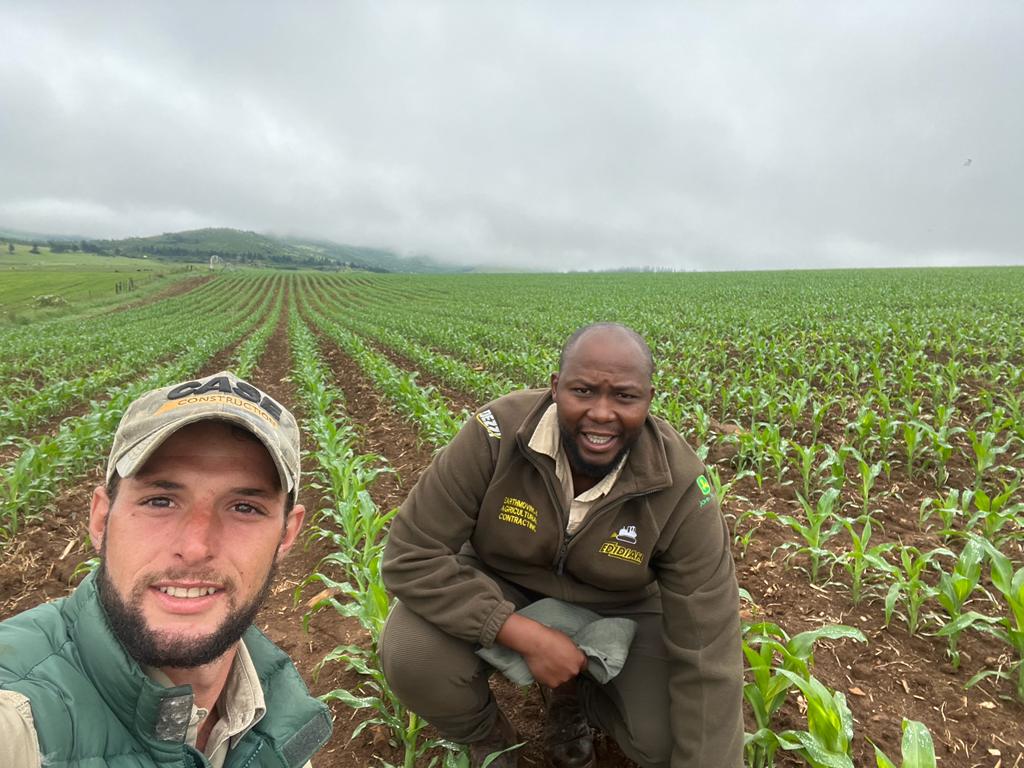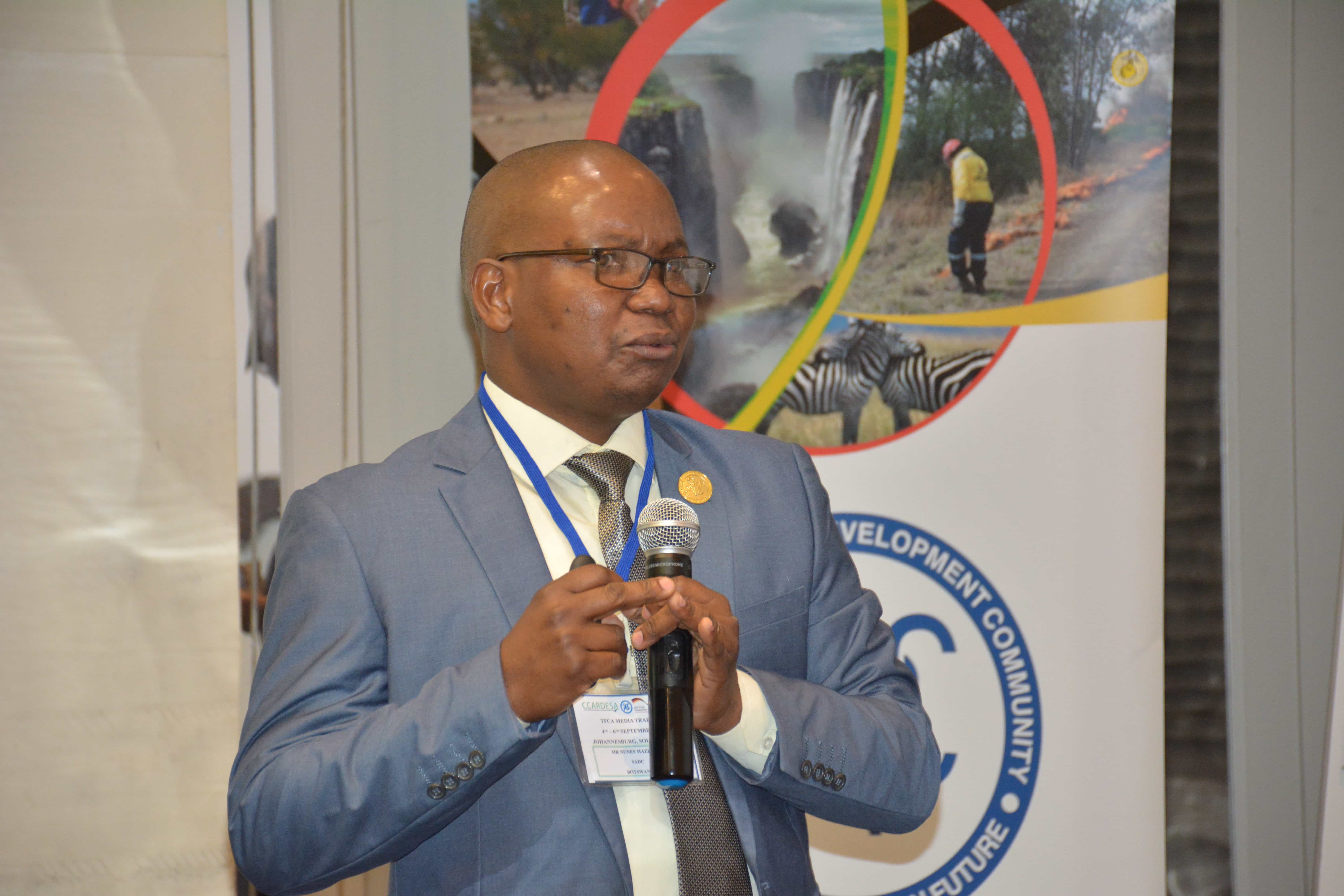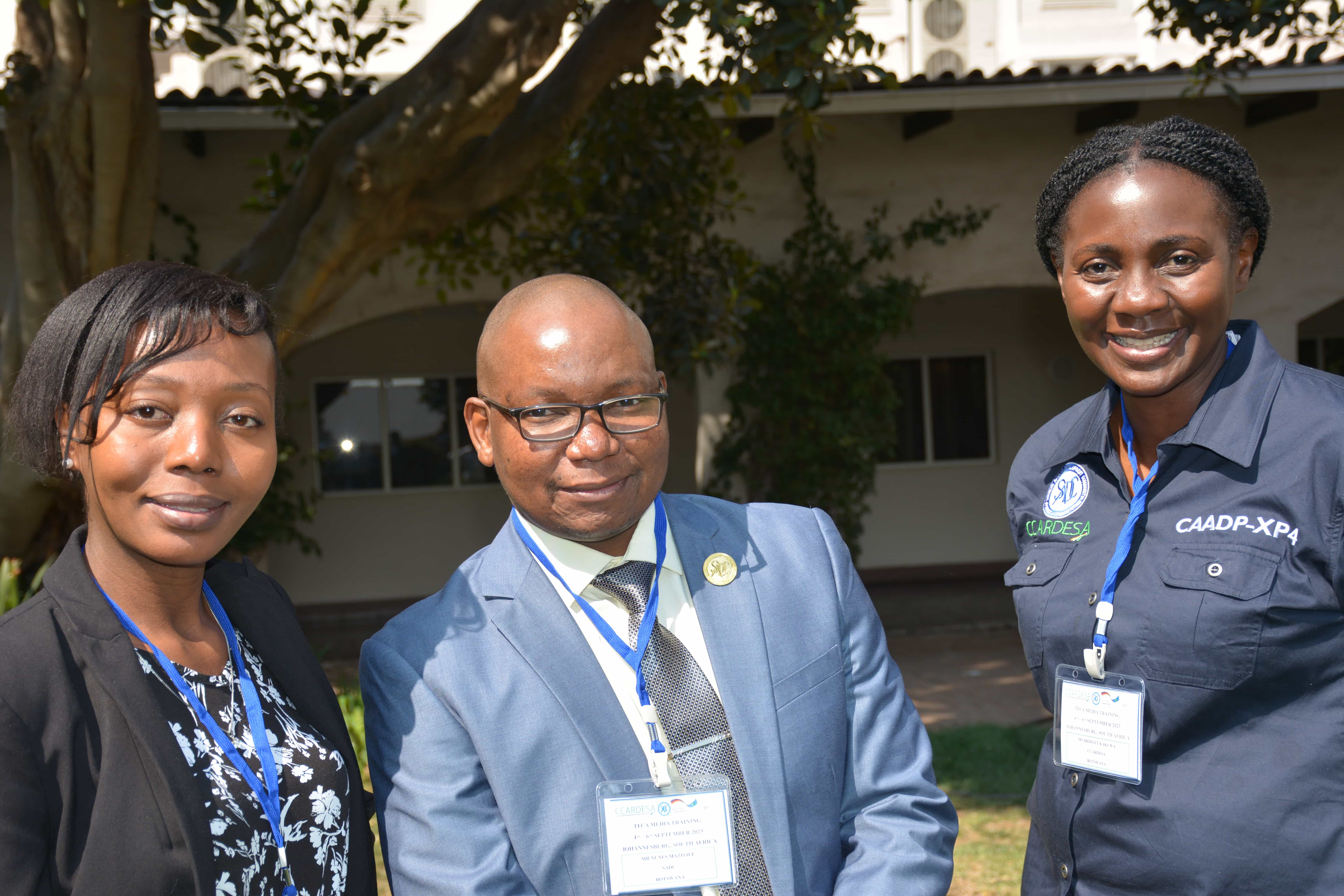Scientific trials on farms on Namibia-specific Conservation Agriculture or Tillage (NSCA) over the last ten years have been revolutionising rain fed grain crop yields to the extent that Namibia could become self sufficient in millet and maize production in the not too distant future despite the effects of climate change.
This is the expert opinion of independent consultant and acknowledged conservation agriculturalist beyond Namibian borders, Rod Davis. “Far from our crop production being liable to drop by 50% because of climate change according to the ‘experts’, we are presently seeing millet yields increasing from the national average of 300 kilogrammes per hectare to 3000 kilogrammes and more even during the current severe drought. Would interested and affected parties, including ministries, please take note. (CA) Conservation Agriculture practises, such as no-till, that work in other countries don’t work here because of our low and erratic rainfall and degraded soils,” says Davis.
He adds that Conservation Tillage (CT) is specifically designed for Namibian conditions and it really works and its benefits extend to soil degradation reversal; farmer livelihood improvement; food security; combating deforestation and labour saving per unit of yield, the list goes on. The system employs, as part of the package, Namibian unique Ripper Furrowing (RF) tillage technology. RF is a combined operation where the implement rips 30 centimtres deep, shattering the hard pan caused mainly by the compacting effect of disc harrowing, whilst at the same time forming water harvesting furrows. The rip line is at the base of the furrow where the crop is planted while the furrow sides deliver 75% more moisture to the crop. Crop rotation with legumes is also part of the system with indigenous cowpea, bambara nut and ground nut which are all highly nutritious as well as marketable.
“To us and also to the rapidly growing number of CT/CA farmers, to whom we have introduced the system, there is no need to spend any more time dithering and wondering what to do next! The system definitely works really very well whether small or large scale.
However; some problems need to be addressed, as follows:
RF alone, without the rest of the package, will not improve the soil. Yields will increase initially with deeper rooting finding leached nutrients plus the additional moisture. Therefore, in the medium term yields are likely to drop back meaning farmers will become disillusioned,
Presently there are no less than ten Namibian based organisations involved in CT/CA, six directly and four indirectly with some variances in approach and methodology. To ensure that farmers are basically told the same thing by these initiatives, a more associative approach between these organisations for better harmonised introduction and adoption should be considered. This would hopefully also assist in more collaboration and less competition as at present,CT/CA should be regarded as a continuum with changes made when needed and recognised, and of course agreed upon. For example Conservation Agriculture Namibia (C.A.N.) have introduced what is called the 2,2,2, crop rotation system where two rows of a grain crop next to two rows legume and two rows grain crop are planted (grains are either indigenous mahangu or short season drought resistant maize). This works well in that nitrification by the legume adjoining the mahangu or maize is quicker.
On the farmers’ side, the most important element is, as always, management. This is the golden rule for the extraordinary high yields being achieved.



